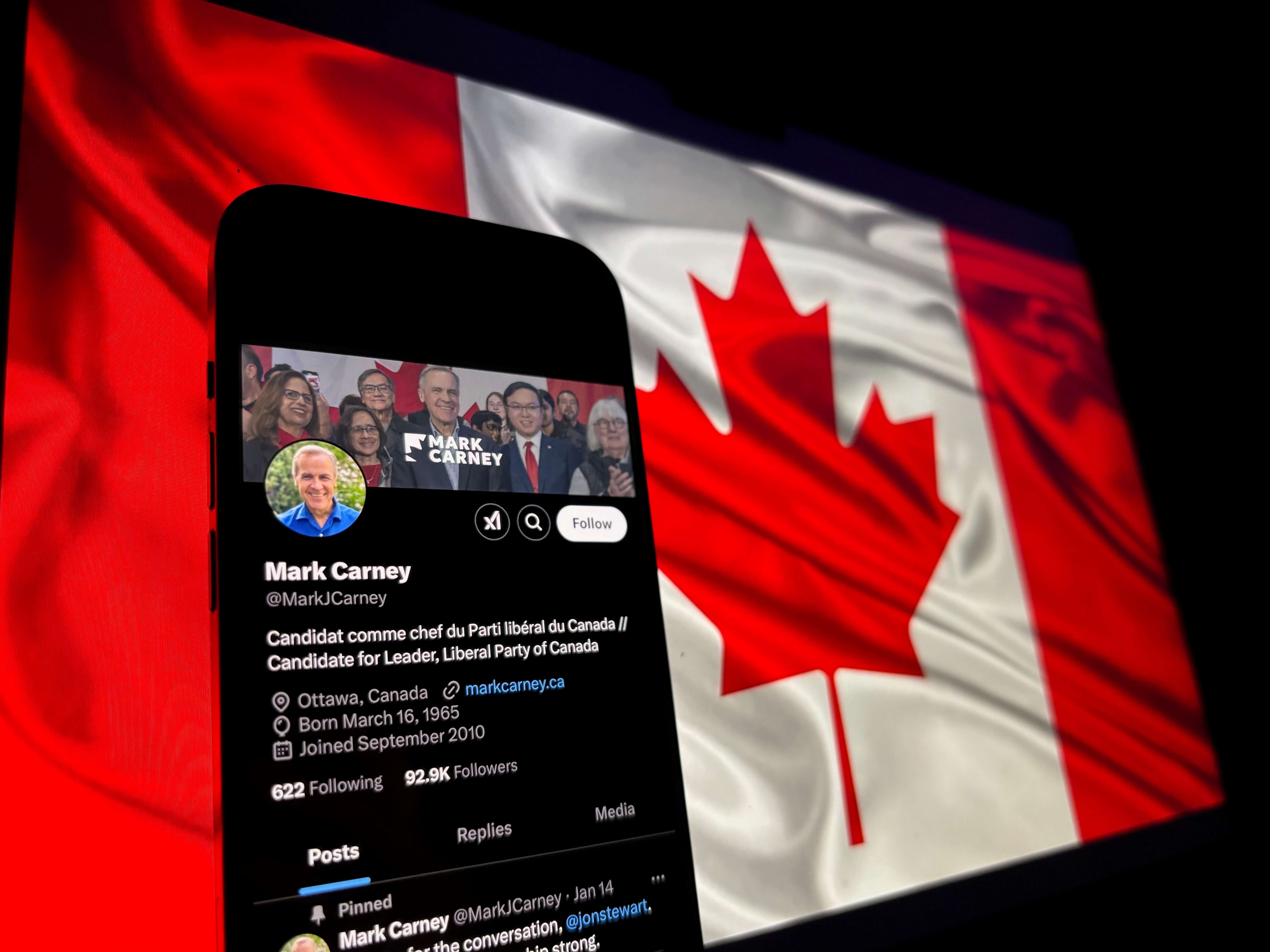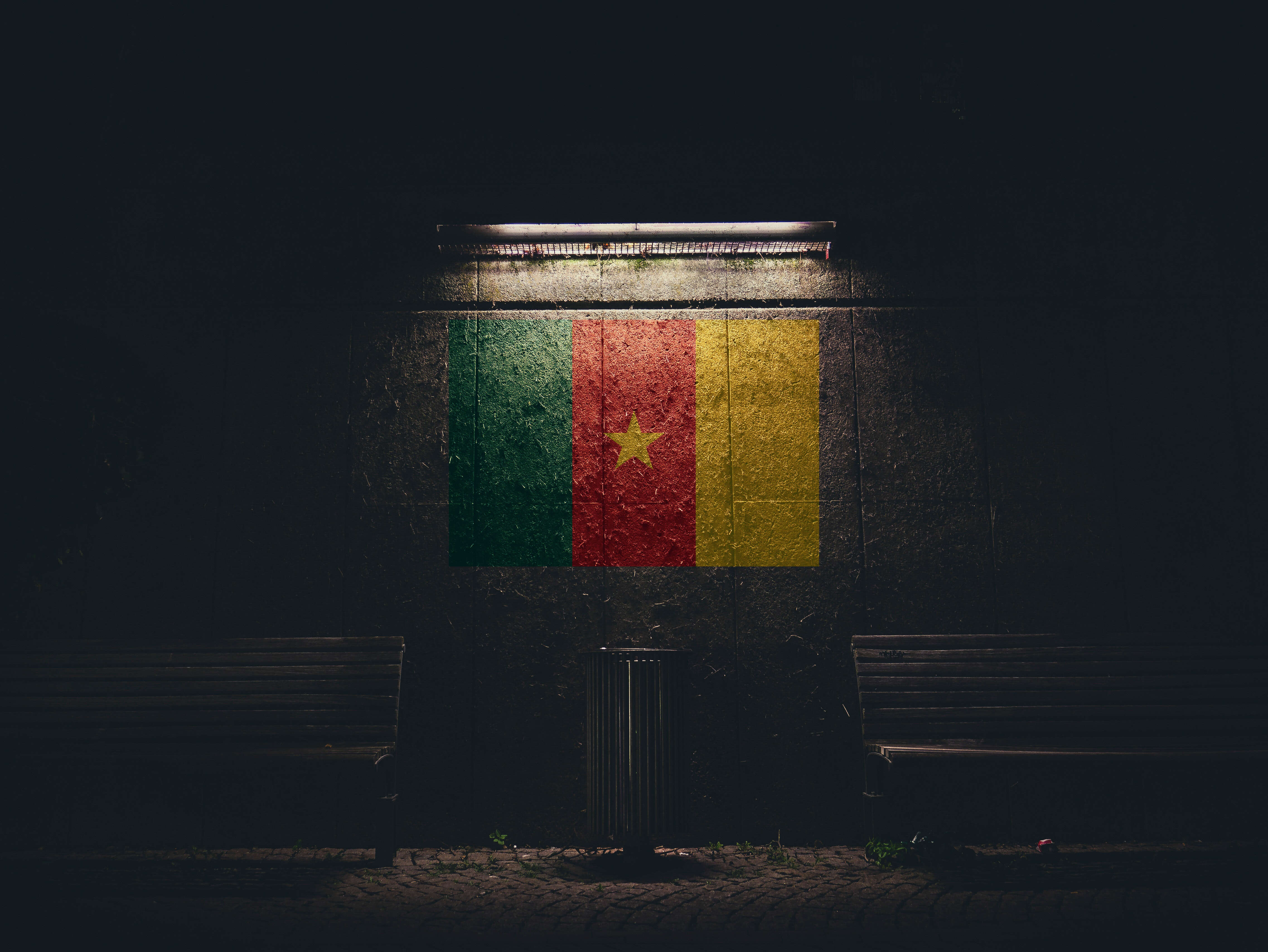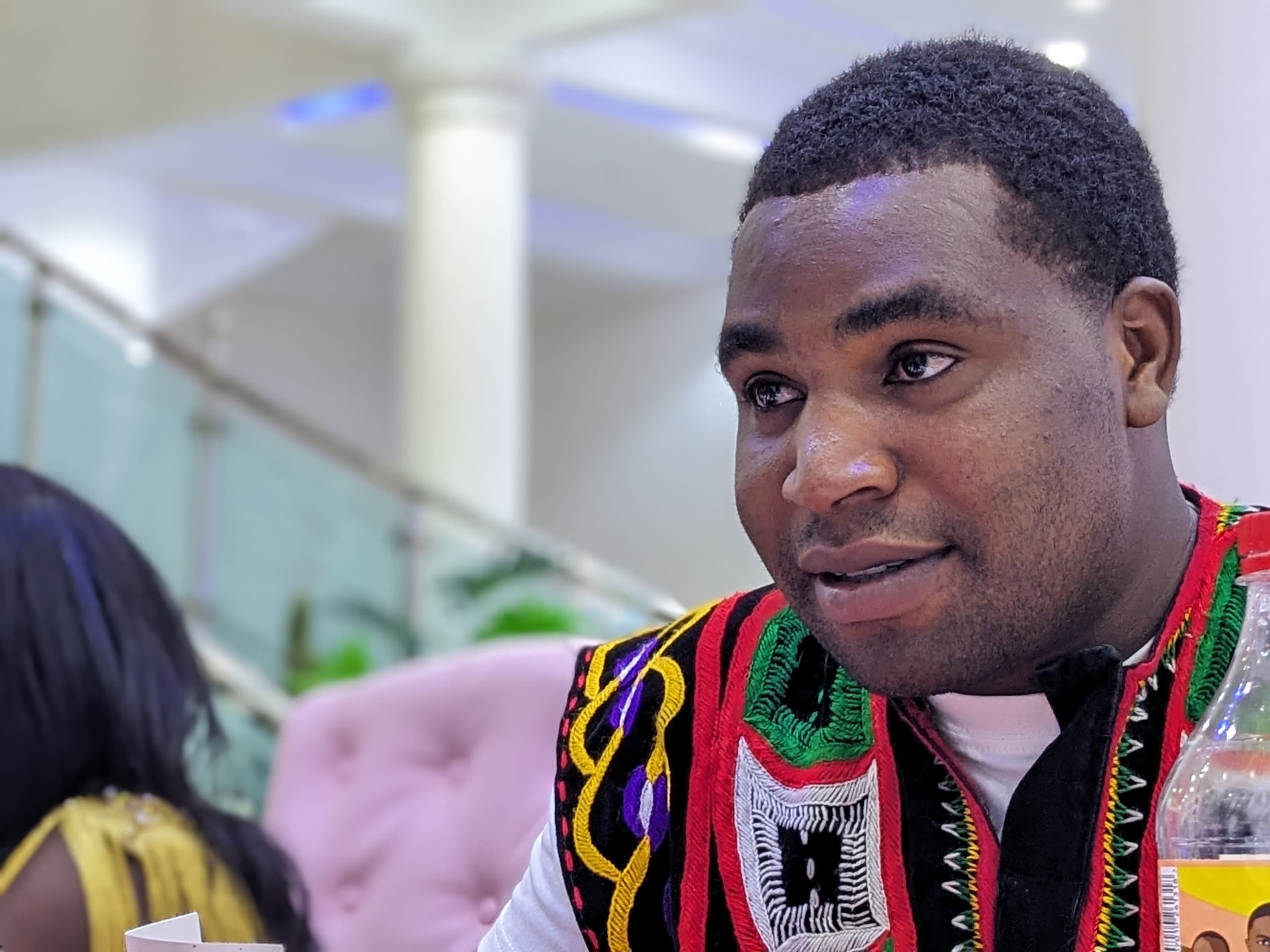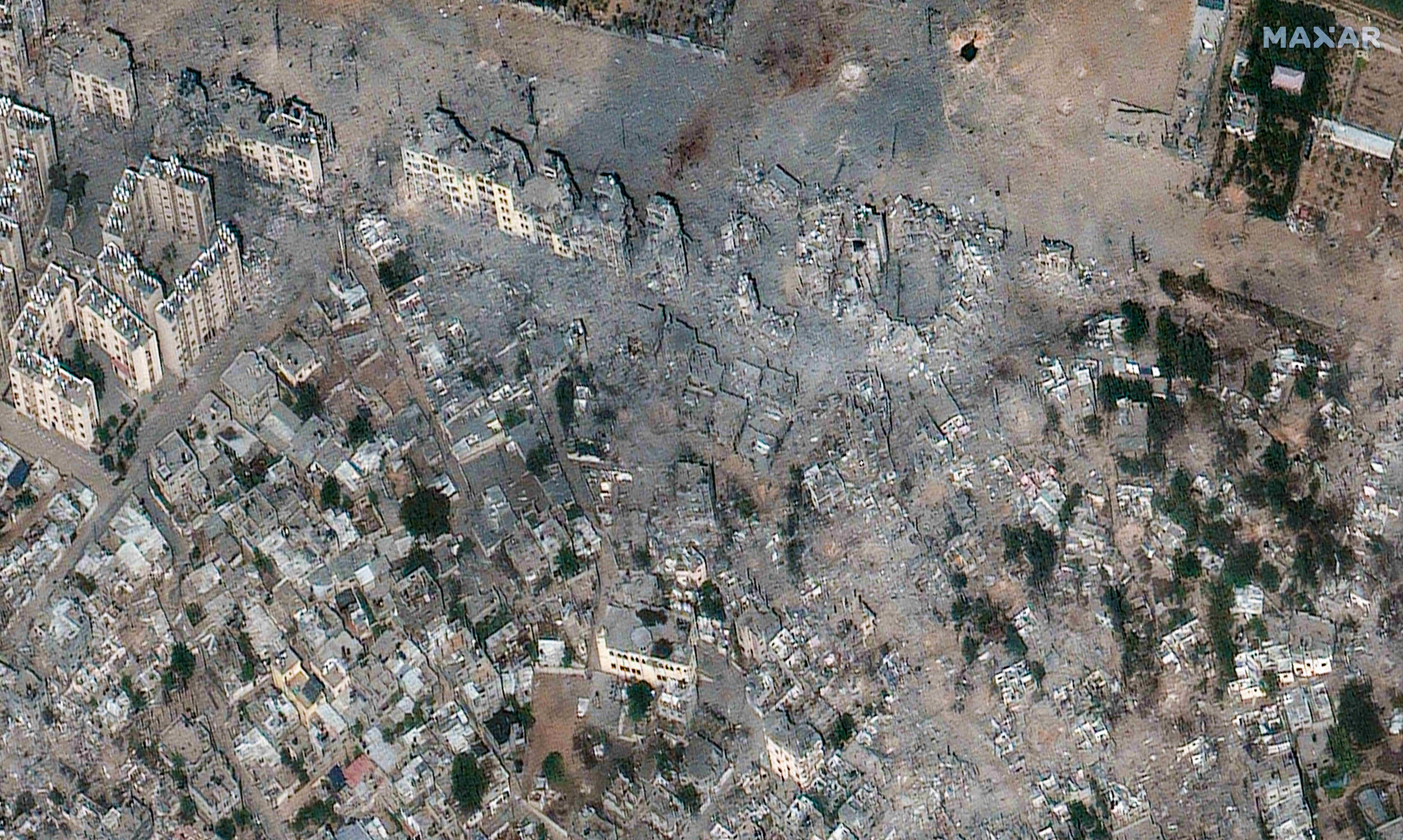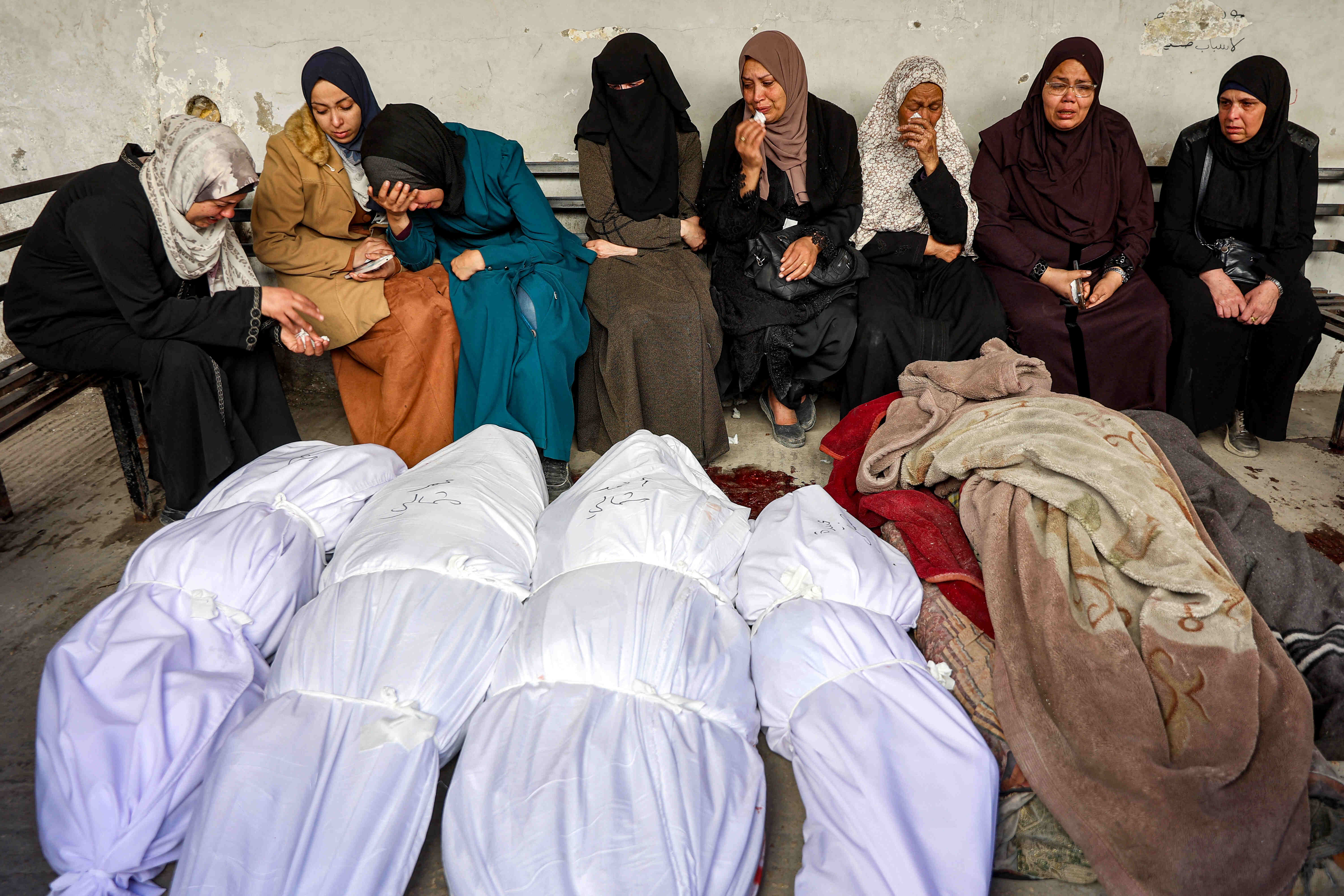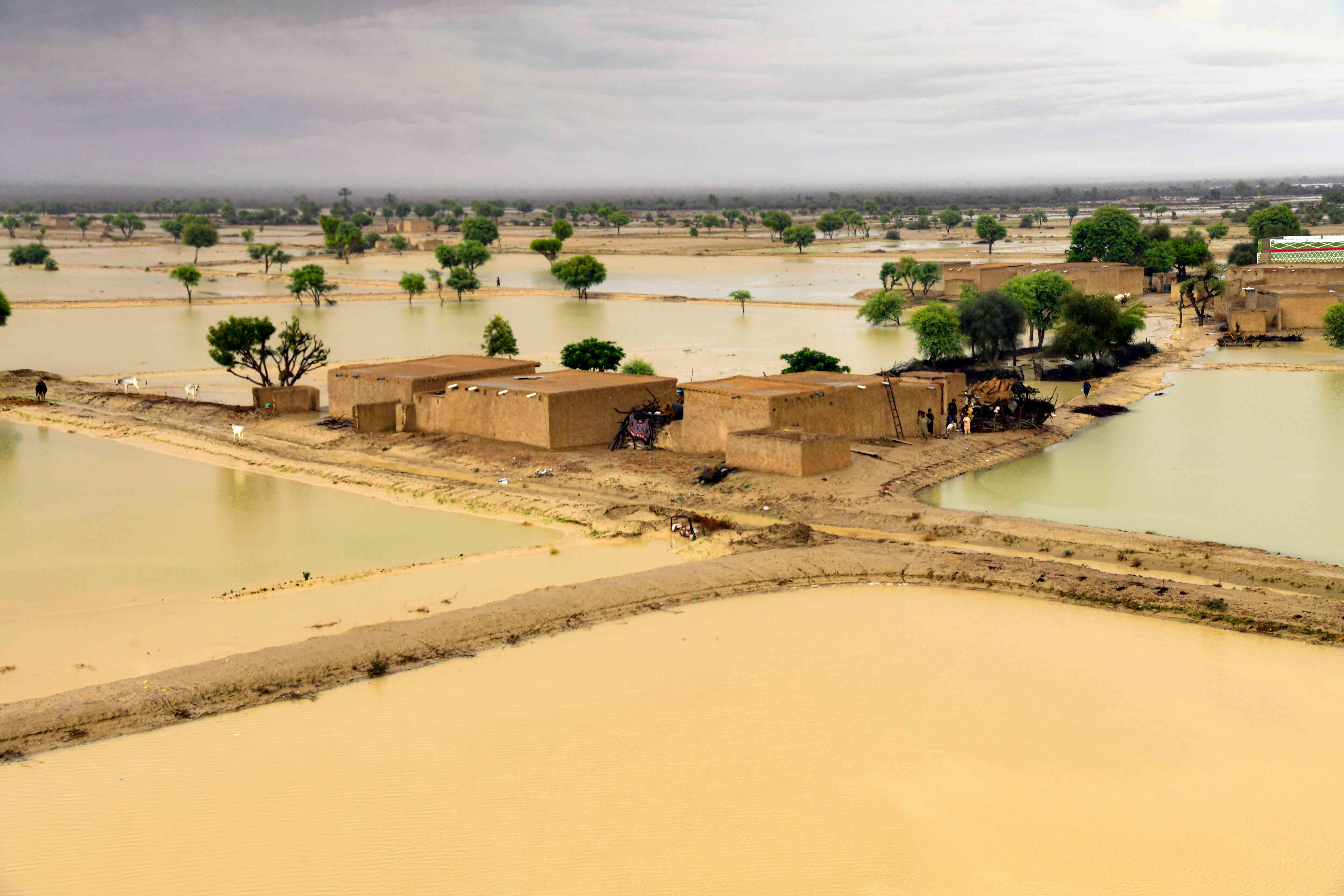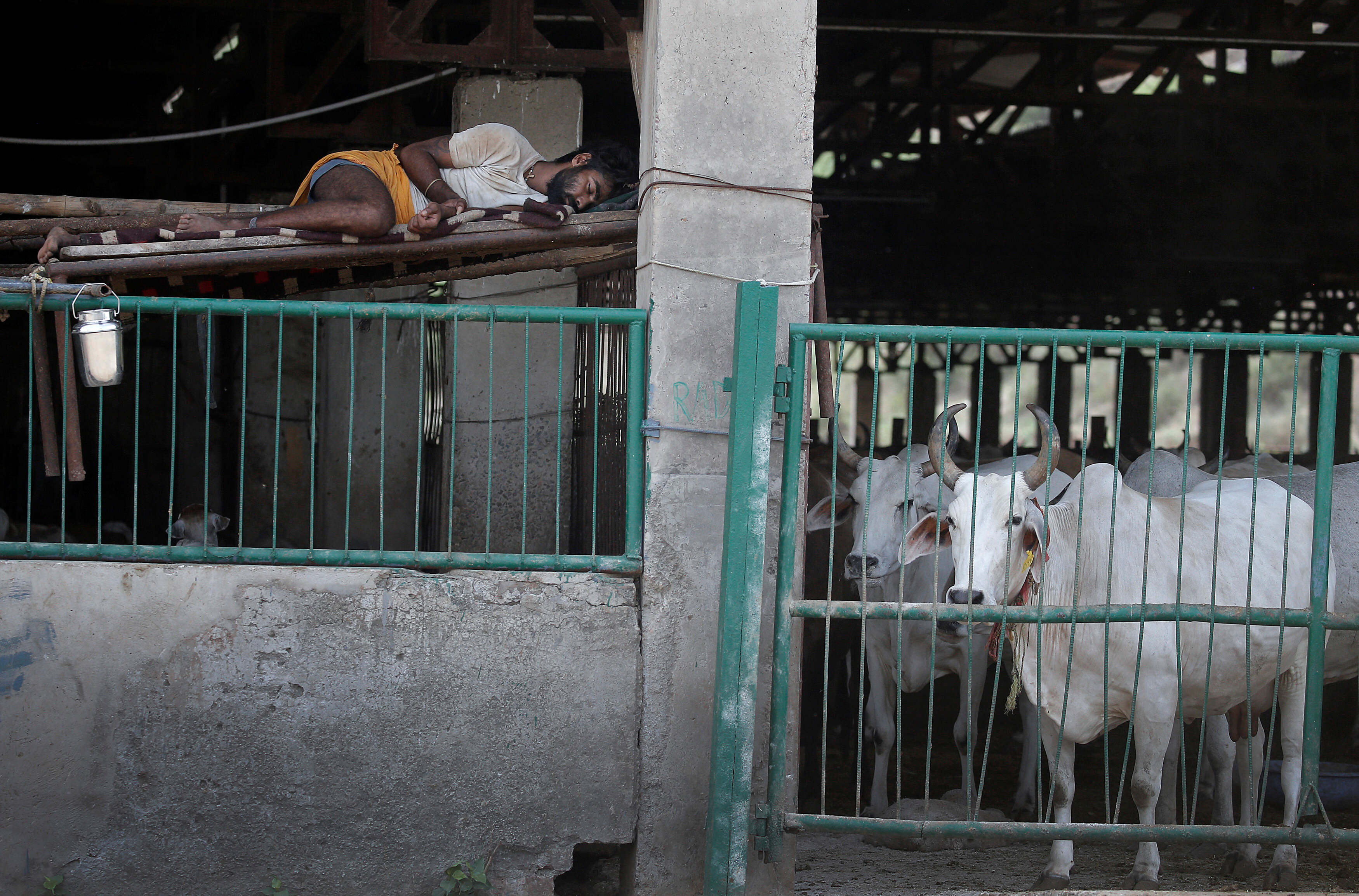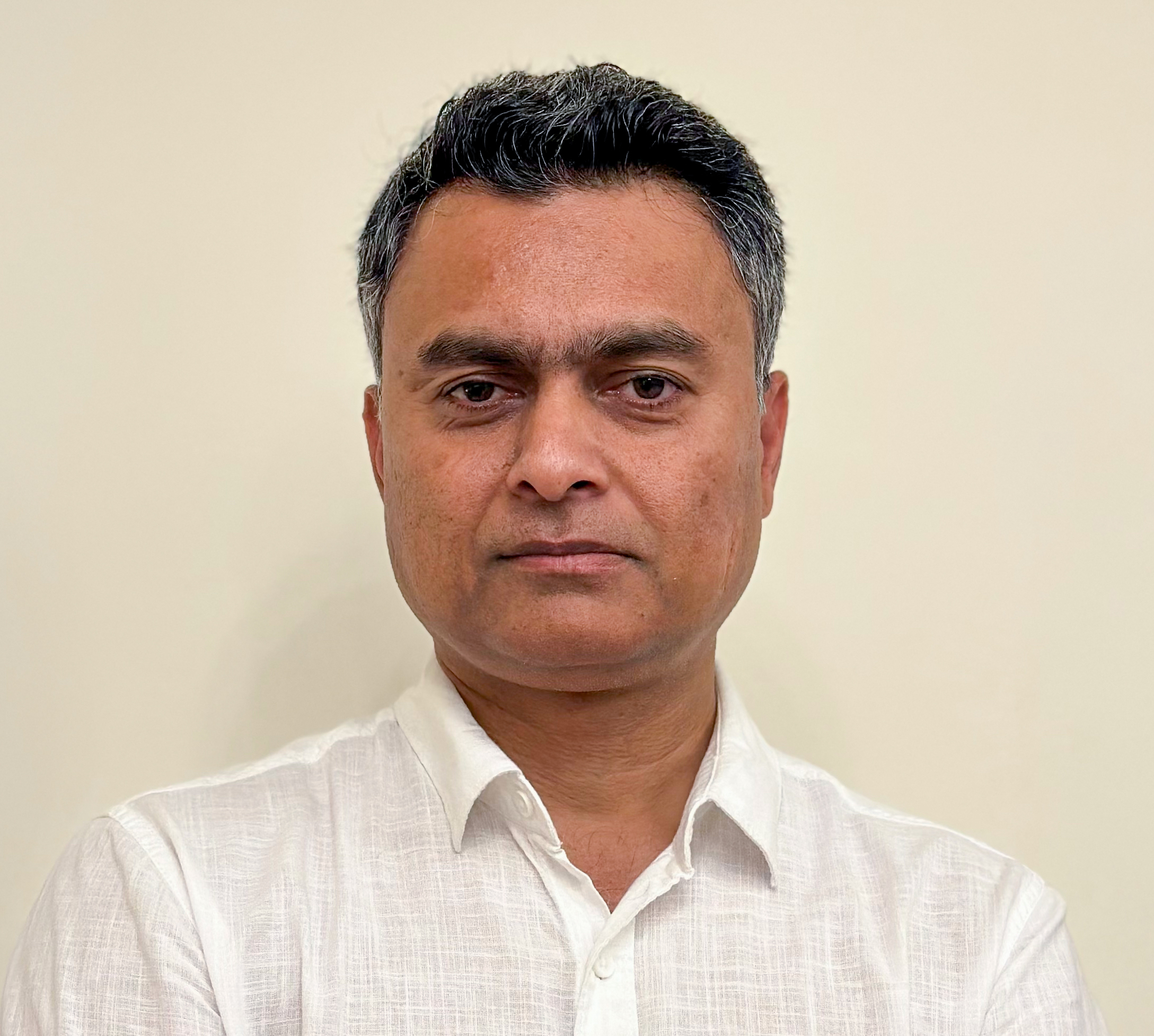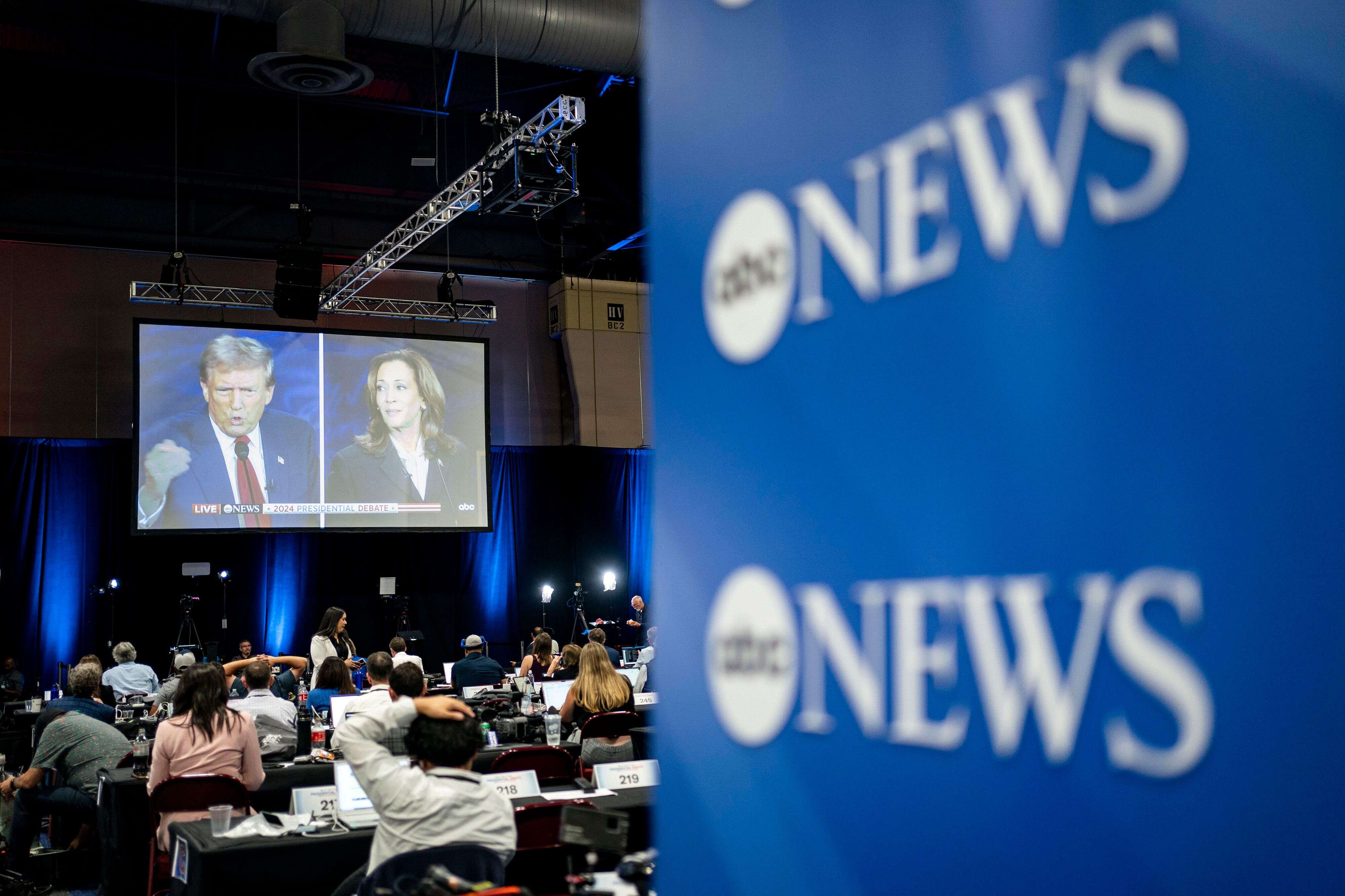وصف المفكر الفرنسي بيار بورديو ذات يوم، وسائل الإعلام والمعرفة التي تزود العامة بها بأنها منصات "المفكرين السريعين" (Fast-Thinkers)، في استعارة لمصطلح الوجبات السريعة (Fast-Food)؛ لاعتباره أن تلك المعلومات التي تقدّمها المقالات والمحتويات الإعلامية التحليلية، ما هي إلا وجبات فكريّة سريعة تُشعر المتلقّي بالشبع المعرفيّ، لكنّها تَضرُّ بصحته.. صحته المعرفيّة في هذه الحالة.
وإن بقينا في استعارة بورديو، فإن الأخصائيين الغذائيين والبيئيين شكّلوا في نهايات القرن الماضي ما عُرف بحركة الوجبات البطيئة (Slow-Food Movement) التي تُعرّف نفسها بأنّها حركة أُسّست من أجل "الحيلولة دون اختفاء ثقافات وتقاليد الأطعمة المحليّة، والتصدي لانتشار مظاهر الحياة السريعة، ومكافحة ظاهرة قلّة اهتمام الناس بالطعام الذي يتناولونه"(1).
وفي ذات المقاربة، يمكنني وصف الصحافة المتأنية (Slow-Journalism) بكونها تسعى للحفاظ على قيم الصحافة الأصيلة، المتمثلة في العمق والرصانة والنضج والفهم الشامل للأحداث، والتصدي للحياة السريعة التي خلخلت تلك القيم، ومكافحة ظاهرة السأم من التعاطف (Compassion Fatigue) التي قلّلت من اهتمام النّاس بالقضايا المحيطة بهم، وجعلت الصحفيين غير قادرين على جذب تعاطف العامّة مع القضايا العادلة. ومن الجدير بالذكر أنّ ظاهرة السأم من التعاطف قد رُبطت(2) بتسارع الأخبار وسهولة وصولها إلى الناس(2).
وربما يُثار تساؤل هنا حول التسمية نفسها، هل هي صحافة متأنية أم بطيئة، وهو سؤال له وجاهته. والبتّ في هذا الخلاف، يتجلى في سؤال "هل هي مواد صحفية تحتاج وقتا لتنجز، أم مواد تحتاج معلوماتها وقتا لتنضج؟".
ما الحاجة إلى الصحافة المتأنيّة؟
في عصر تزدحم فيه الأخبار الآنيّة التي تستلزم متابعة سريعة من الصحفيين، وفي ظل الاحتياجات الجديدة للجمهور بعد ظهور مواقع التواصل الاجتماعيّ، طُرحت معادلة جديدة في الصحافة أجبرت الصحفي على إنجاز مواده -إخباريّة كانت أم تحليليّة- في وقت قصير جداً، نظراً لأنّ ازدحام الأحداث يفقد المادة الصحفية أهميتها إذا تأخرت يوماً أو اثنين بعد وقوع الحدث. هذا الاضطراب الذي دخل غرف الأخبار حول العالم، يُبقي المواد الصحفيّة بعيدة عن العمق الذي يصف الحدث بكافة أركانه، عمق يتطلَّب من تلك المواد الصحفية أن "تُطبخ على نار هادئة" دون الخشية من فقد المادة أهميتها لدى العامة.
هذا الأمر دفع عدداً من الصحفيين والأكاديميين إلى التوقف قليلا وإعادة النظر في الجوانب والمعالجات التي فُقدت في كثير من التغطيات بسبب عدم امتلاك الصحفيين الوقت الكافي لإنضاج موادهم، مما مهّد الطريق أمام مصطلح جديد قديم هو الصحافة المتأنية (Slow Journalism) الذي يقوم على مبدأ أن الفهم الكامل والمعمّق للأحداث، يتطلّب من الصحفي التأني والتأمل فيها، ليشكّل فهماً أكثر نضجاً عنها، وبالتالي يستطيع معالجتها بشكل أعمق.
والقول إن هذا المصطلح جديد قديم، يأتي من أن التنبّه إلى معضلة السرعة وتأثيرها على العمق، سبق أن طرحه العديد -وإن لم يكن بهذا التعبير- من علماء الاجتماع نهايات القرن الماضي، مثل بيير بورديو (2002-1930) في كتابه "التلفزيون وآليات التلاعب بالعقول"(3)، وطروحات جيل دولوز (1995-1920) التي تطرق فيها إلى معضلة التلفزيون ودوره السلبي في تسطيح المعلومات وتزويد العامة بمنظور عام عنها دون امتلاكه -أي التلفزيون- الوقت الكافي للتعمُّق في القضايا وتفسيرها بشكل سليم، حيث اتخذ -رفقة مفكرين آخرين- موقفاً بعدم الظهور في مقابلات تلفزيونية لطبيعة الإطار الذي يفرضه الصحفيون عليهم، ويجعل طروحاتهم تؤخذ بمعالجة غير مكتملة (أو مُسيّرة) وبالتالي غير دقيقة.
الإعلام ووهم المعرفة
تطرّقت العديد من الدراسات الأكاديميّة الإعلاميّة إلى دور وسائل الإعلام في خلق ما يسمّى "وهم المعرفة" (Illusion of Knowledge)، حيث رجّحت إحدى الدراسات(4) أن المحتوى الإعلامي المُختزل وغير الشامل، قد يساهم في تعزيز وهم المعرفة لدى المواطنين، ويجعلهم يشعرون أنهم مطّلعون على الشأن الجاري وقادرون على الحكم عليه.
مما يعني أن الإعلام بتقديمه المعلومات والتحليلات السطحية للأحداث، يساهم في جعل العامة يشعرون بأنّ معرفتهم حول تلك الأحداث قد ارتفعت، مما يترتب عليه اعتقاد أنهم قادرون على التصرُّف حيالها. فكم من مرة رأينا فيها محلّلين يخرجون على الهواء بعد دقائق من وقوع حدث ما، ويدخلون بإسهاب في تحليل أبعاده، على الرغم من أنّ الحدث نفسه لم يمر على وقوعه سوى دقائق، ولا يمكن فهم تبعاته غالبا بهذه السرعة.
غير أنه لا يمكن لوم الإعلام على هذا، فالجمهور عندما يسمع بطريقة أو بأخرى، عن وقوع حدث ما في مكان ما، فإن أول ما سيقوم به في العادة هو البحث عن الوسائل الإعلاميّة التي تقدم له تلك الوجبة المعرفيّة السريعة التي اعتاد أن يشبع بها. وإن اتخذت وسيلة إعلام ما موقفا بعدم تقديم هذه التحليلات السريعة للأحداث، من منطلقات غياب المعلومات الشافية الدقيقة، والالتزام بتقديم العمق على السّبق، فإنها ستخسر جمهورها لصالح وسائل إعلام أخرى.
لذا، فإن تلك الوسائل تضطر -مُرغمة إن جاز القول- لأن تقدم هذه الوجبات السطحية من التحليلات التي تسمن وتغني المشاهد بجرعات معرفيّة، وهمية في غالب الأحيان وسطحية في أفضلها، على حساب المعرفة الشّاملة الدقيقة، بسبب ضريبة الغياب عن السبق، التي لا يمكن أن تستوعب الوسائل الإعلامية الكبرى دفعها لقاء تقديم محتوى أعمق.
أي أنّ سرعة نقل الأخبار -رغم ما فيها من سلبيّات- فإنها تبقى مهمة وضروريّة في خدمة العامة وإطلاعهم على الأحداث التي تجري من حولهم، انطلاقا من وظيفة رئيسية من وظائف الصحافة، وهي ممارسة دورها التحذيري الذي تلتزم به أمام المجتمع. لذا كان لا بد من إفراد مساحة أخرى تعنى بالنظر إلى الأحداث بمنظور أكثر عمقا، عمقٌ يتطلّب من الصحفيين جهداً أكبر وبالضرورة وقتاً أكثر مقارنة بالوقت المتاح لهم في معالجة الأحداث آنيًا.
هذا الوقت يسمح للصحفيين بالتعمّق أكثر في أبعاد الأحداث وسيناريوهاتها، ويفرد مجالاً أمامهم لتشكيل مواد صحفية أكثر نضجاً وعمقاً، بشكل يزود الجمهور بفهم أوسع وأشمل -وبالضرورة أدق- للقضايا التي تحيط بهم. وبالتالي يمكن القول إنّ الصحافة المتأنية ستساهم في خدمة العامة بشكل أفضل، ويمكن اعتبارها الخطوة المكمّلة لجهد الصحافة الآنيّة في إخبار العامة بما حدث.
الصحافة المتأنيّة؟
سوزان غرينبرغ كانت أول من استخدم المصطلح في مقال (5) لمجلة "بروسبكت" عام 2007، حيث استخدمت مفهوما اقتصاديا ظهر مؤخرا حول "نهاية الوسط" وأسقطته على الصحافة. رأت سوزان أن أسلوب القوالب الصحفية الطويلة غير القصصية (Long-form nonfiction) يمكن أن يُنهي احتكار ثقافة الصحافة السريعة، ذلك أنّ الأخبار العاجلة القصيرة تصل إلى المواطنين مجاناً عبر خدمات الأخبار، وفي الوسط تقع الصحافة المطبوعة التقليديّة، وهو ما رأت أنه قطاع بدأ يخسر جمهوره، وبالتالي فإن النهاية يجب أن تكون بازدهار سوق المقالات والتقارير وأنواع الكتابة الأخرى -غير الخيالة- التي تأخذ وقتا لاستخلاص المعلومات؛ تلاحظ القصص التي أغفلها الآخرون، وتنقلها للعامة وفق أعلى المعايير الصحفيّة، وهو ما خلصت إلى تسميته "بالصحافة المتأنيّة"(6).
مجلة الإرضاء المتأخر -أحد المشاريع الإعلامية التي أخذت الصحافة المتأنيّة منهجاً في إنجاز موادها الصحفية- تشير إلى أنّها "تأخذ وقتاً لممارسة الأشياء بشكل سليم، وأنّه بدلا من المحاولات البائسة للتغلب على تويتر -في إشارة إلى التغلب على سرعة تداول الأخبار عبر تويتر- فإنّنا نعود إلى القيم التي يريدها الجميع من الصحافة، وهي: السياق، التّحليل وآراء الخبراء". وأنّ المجلة لجأت إلى الصحافة المتأنيّة "لإعادة النظر في الأخبار بعد أن ملأها الغبار، ومن ثم إعطاء العامة التحليل النهائي حول القصص التي كانت يوما تهمهم"(7).
وأخيراً، وما يمكن اعتباره الشاهد من هذا المقال، هو أن الحاجة المُلحّة لانتشار ثقافة الصحافة المتأنيّة عربيّا، تتأتى من كون الشارع العربي يضجّ بالأحداث المتسارعة المتلاحقة التي تحوّل الصحفي إلى آلة كاتبة تنقل المعلومات، مما يحول دون ممارسته لأهم أدواره التي يتحمّل مسؤوليتها الأخلاقية تجاه المجتمع، وهي تزويده بالمعرفة الشاملة والدقيقة الناضجة حول الأحداث، بمعزل عن أي آراء. وهذا يستلزم من الصحفي التعايش والتفاعل مع الأحداث بطريقة متأنيّة تؤمّن له مَقعدا مُطلاًّ على المسرح كاملا، لا على زاوية محدّدة من زواياه.
المراجع:
-
"About Us." Slow Food International. Accessed December 26, 2018. https://www.slowfood.com/.
-
Gabbert, Elisa. "Is Compassion Fatigue Inevitable in an Age of 24-hour News?" The Guardian. August 02, 2018. Accessed December 26, 2018. https://bit.ly/2OG3Rku.
-
بورديو، بيار، التلفزيون وآليات التلاعب بالعقول، ترجمة درويش الحلوجي، دمشق، دار كنعان، 2004.
-
Weber, Mathias, and Christina Koehler. "Illusions of knowledge: Media exposure and citizens’ perceived political competence." International Journal of Communication 11 (2017): 17.
-
Greenberg, Susan. "Slow Journalism." Prospect Magazine. February 25, 2007. Accessed December 26, 2018. https://bit.ly/2Q2BpbO.
-
انظر أيضا:
Le Masurier, Megan. "What is slow journalism?." Journalism Practice 9, no. 2 (2015): 138-152.

















